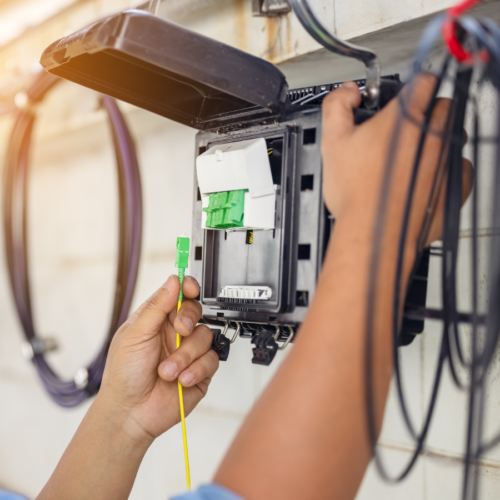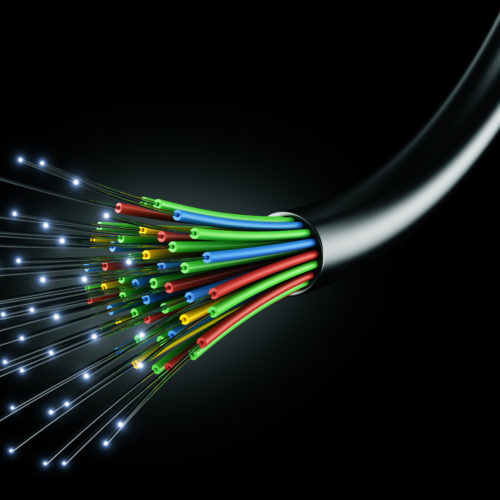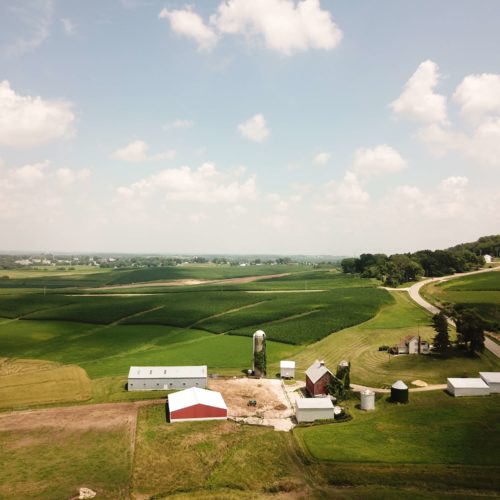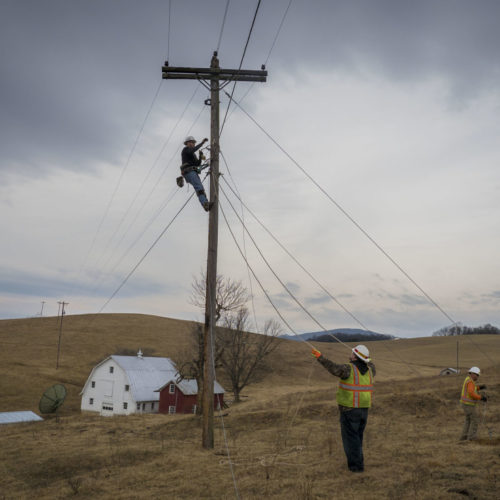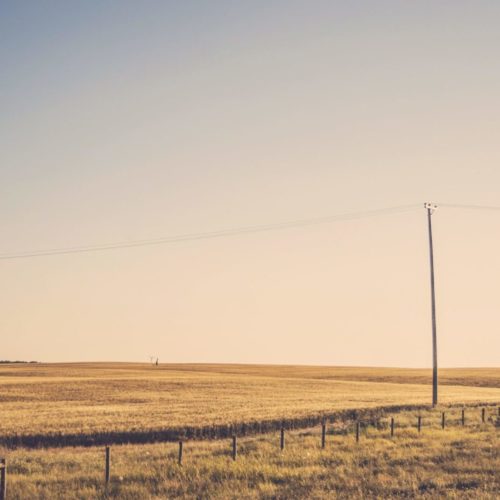States prepare for an infusion of broadband funds
This article appeared in the 2021-22 edition of Perspectives.
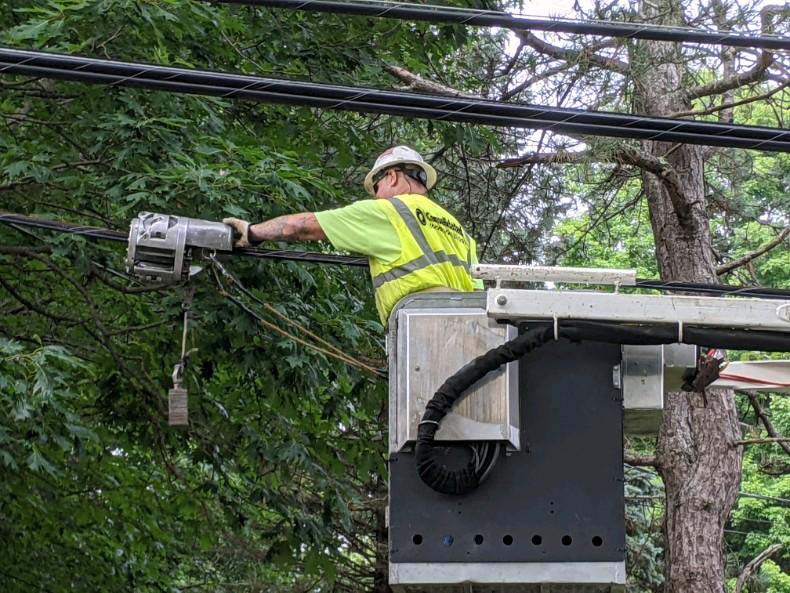
Credit: Consolidated Communications
For the more than 18 million Americans who lack high-speed Internet access, relief is finally in sight.
An influx of federal money slated for state and local governments will enable broadband buildout in communities that have not been served by high-speed connections, and new federal rules aim to facilitate connections for those in need by creating better mapping of underserved areas.
The increase in funding is welcome news to members of the CSG East Agriculture and Rural Affairs Committee, many of whom represent areas without adequate Internet service. Over the past three years, the committee has explored novel approaches to improving broadband access through a series of meetings with experts from the public and private sectors who are working to close the digital divide.
During the 2021 virtual CSG East Annual Meeting, the committee heard from Peggy Shaffer, executive director of ConnectMaine, a state government entity that is using a novel approach to collect better data for Maine’s Blue Hill Peninsula, a rural coastal community in need of extended broadband buildout. Obtaining accurate data about underserved homes and businesses will better position the community to access adequate federal funds, Shaffer said.
“It’s really important, when we begin to look at how we’re going to bring service to people, that we really understand who has service and who does not, especially if you’re going to be eligible for federal grants,” said Shaffer.
Improving FCC’s broadband maps
Since 2019, the Federal Communications Commission (FCC) has been responsible for developing a comprehensive map of broadband access in the United States. The data is critical to local communities because the FCC uses it to determine where to direct billions of dollars each year to deploy broadband in unserved or underserved areas, but much of the data has been criticized as incomplete or misleading.
For example, a unit of geography such as a census tract or a census block is considered “covered,” and ineligible for federal funding, if at least one business or residence in that area can obtain broadband. Experts have shown this practice is problematic because the blocks vary in size: some are as large as the state of Connecticut, and in Alaska, one block is the size of New Jersey.
In March 2020, President Donald Trump signed a bill that will create a process to improve the accuracy of the FCC broadband maps. Among other things, the law requires that the FCC issue rules for the collection of granular data on the availability of broadband service from providers that must meet certain benchmarks, develop processes for challenging the maps and submitted data, provide technical assistance to tribal governments, conduct audits, create enforcement mechanisms, and report annually to Congress on the law’s implementation.
The new law is a game-changer for states, said Brent Legg, executive director of government affairs at Connected Nation, a nonprofit that provides broadband mapping services for states and local communities, during the Annual Meeting discussion. “There will finally be an ongoing challenge process to scrutinize the data and continually improve the maps over time,” he said.
The Maine speed test
In Maine, state officials have been working to accelerate accurate data collection. The Maine Broadband Coalition, which represents communities, providers, and nonprofits, has launched a statewide crowdsourcing data collection effort to determine the level and quality of service. Some 23,000 people have taken the coalition’s broadband “speed test,” whose results show that more than half of participants do not have access to basic broadband, which the FCC defines as 25 Mbps (megabits per second) download speeds and 3 Mbps upload speeds. “That’s pretty extensive,” said Shaffer. “So it’s important for us to understand this data, both in terms of how we do outreach to communities and in terms of how we use funding to distribute grant money.”
Experts note that the FCC’s definition is insufficient because those speeds are extremely slow compared with fiber-optic service, which can deliver data at speeds up to 1,000 Mbps.
Shaffer presented three maps of the Blue Hill Peninsula that illustrated the stark discrepancy in data collection. One map contained data from service providers showing the areas that have broadband access and those that are not served. Another contained data that had been crowdsourced from residents’ speed tests indicating areas with service and those without. The third was a map from the FCC. Some of the crowdsourced data matched the map from providers, as well as the FCC map. But the crowdsourced data showed some areas that the FCC map identified as being served that do not, in fact, have broadband.
Shaffer explained that Maine is one of the first states to use a proprietary mapping tool created by software company VETRO Inc. The tool combines all of the data — from the FCC, from providers, and from crowdsourcing — to identify, with greater accuracy, residents that are not being served. The data provides a basis for applying for federal grants. The mapping tool can also provide an estimate of the buildout costs for a given area.
“This is the kind of information that states are gathering to make sure that our state and federal grant money that’s coming in can be used to target unserved people, and can really meet the needs of the communities that are out there,” she said.
An influx of funding
Shaffer said that better data will be critical as states prepare for an infusion of federal money dedicated to expanding rural broadband.
The American Rescue Plan Act signed by President Joe Biden in March includes $350 billion in block grants to state and local governments that can be used for broadband, among other purposes; and a $10 billion Coronavirus Capital Projects Fund that will be directed largely toward broadband projects. In addition, the infrastructure bill that Congress approved in November includes $40 billion for states to build out broadband and $14 billion to help consumers afford their Internet bills.
“It’s really important that we understand where broadband is to be able to actually use this new federal money, along with state money and provider money, to bring universal service at a high enough quality that people have a network that they’re going to use for the next 50 years,” said Shaffer.
